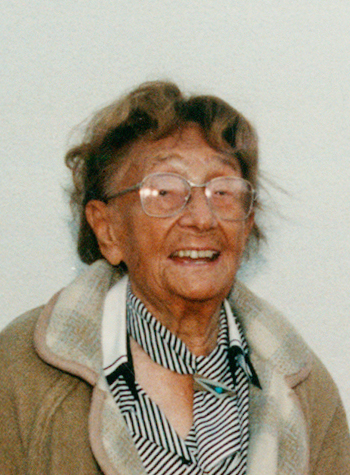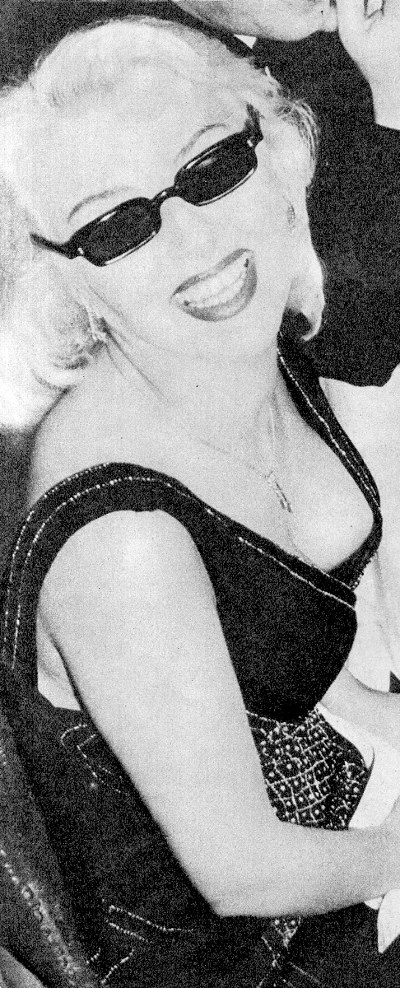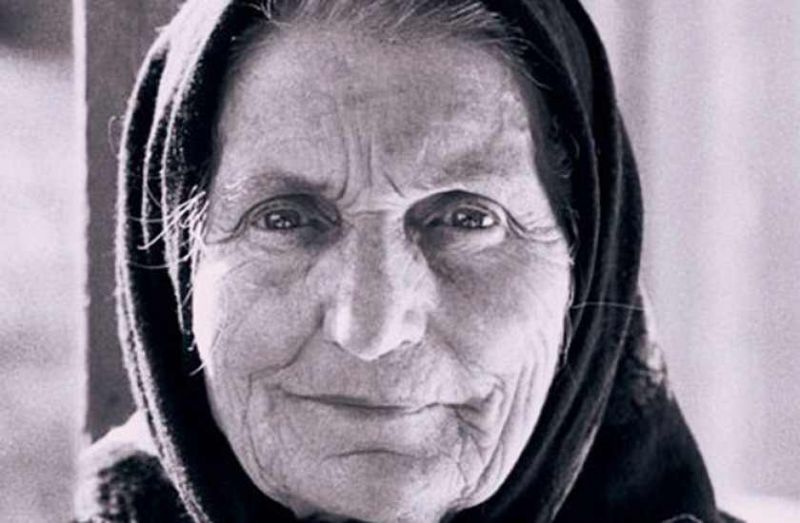
Gerda Taro, maiden name Pohorylle, was born in Stuttgart and educated in Leipzig, Germany. As she was from a Jewish family, she fleed from the Nazis to Paris in 1933. There she lived a bohemian lifestyle with her friend Ruth Cerf and eventually met Endre Ernő Friedmann, better known today as Robert Capa. Together, they started documenting the Spanish Civil War in 1935, after Gerda had invented their alter egos in order to better sell Endre’s and her own pictures. Inspired by their own political convictions, they only took pictures of the fight of the republican soldiers against the rebellious francoist soldiers. Both of them tried to be as close to the action as possible – a goal which eventually led to Gerda’s death. Despite the fact that her pictures only cover 1 year of the war, her pictures are those that went around the world. Together with Robert Capa and with David Seymour, during this short period of time she developed modern war photography as we know it today. Since she officially was Capa’s agent and he sold many of her pictures as his own, it took until the 2000s until people began to recognize her as an artist in her own right rather than just his partner: In 2007, the so-called Mexican Suitcase was found in Mexico City, a suitcase containing thousands of negatives believed to be lost by Capa, Taro and Seymour. Since then, many photographs originally attributed to Capa are known to have been taken by Gerda. However, during her short life, Taro was well known and when she was killed in 1937 by a tank, – she was only 26 – thousands of people attended her funeral in Paris. The funeral procession, led by Pablo Neruda and Louis Aragon, became a demonstration against fascism.





















